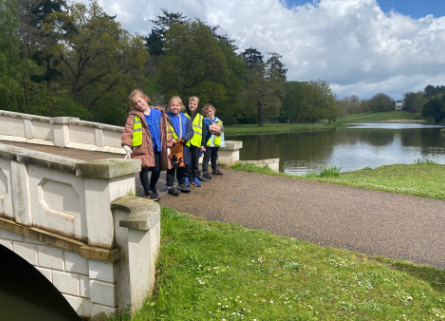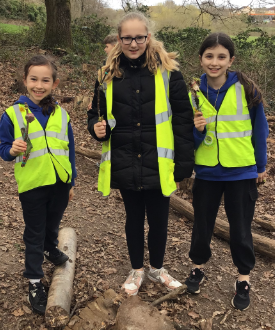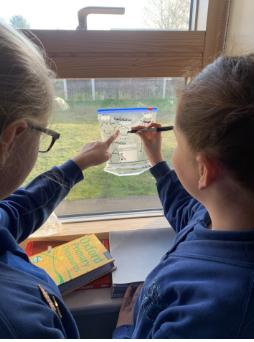Geography
Intent
Our goal is to inspire children and spark their curiosity about the world. We want them to learn about diverse places, people and resources within the world through the study of human and physical geography. Children will develop their skills of enquiry, fieldwork and mapwork. They will be taught the subject specific language they need to describe, compare and discuss the world, as well as their place in it. We encourage our pupils to recognise that they have a voice and feel empowered to use it confidently to discuss and debate topics that they are introduced to and feel passionate about, for example, global warming, climate change and fairtrade as well as ways in which our local area could be improved.
Implementation
Our progressive curriculum, which covers the objectives set out from within the National Curriculum, outlines the core knowledge, understanding and skills which the children will be taught in Geography throughout their time at St Mary’s.
In the Early Years, children begin to learn about the world by identifying daily weather and changes across seasons, using maps and globes and through carefully selected stories as a stimulus. Discovery time provides opportunities to create and follow maps and children begin to explore, evaluate and compare locations that are familiar to them.
In Key Stage 1 and 2, each year group covers three units (one per term) with the exception of Year 3 where four are covered. These units are blocked and taught across a 2-3 week period. Each unit comes under one of three threads that are woven throughout our curriculum; ‘Exploring our Local Area (Fieldwork)’, ‘Exploring Countries and Continents’ and ‘Exploring Physical Features’.
When exploring our local area, every year group carries out field studies in our local environment to provide opportunities to conduct observations, surveys, investigations and field sketches. The use of maps and compasses enhances this experience. When exploring countries and continents, the children learn about a variety of locations around the globe, beginning with their own locality. As well as locational knowledge, the children learn about the key human and physical features of places; build knowledge of how to use and create maps; develop their understanding of the world's climate patterns and learn how to collect and use geographical data. In our final thread, children explore key physical features such as climate, earthquakes and volcanoes and the impact they have on places and people.
Each Geography unit in Key Stage 1 and 2 is driven by a carefully crafted ‘big question’, designed to help children recall prior knowledge while preparing them for new and future learning. Clear links are made between units, with key knowledge and concepts revisited over time to deepen understanding and support long-term retention.
Our specially designed Geography booklets support this process by providing structured opportunities for children to retrieve previous learning in every lesson. This is achieved through a variety of question types centred around progressive key takeaway vocabulary. The booklets document each child’s learning journey and include challenge tasks to extend thinking and deepen geographical understanding.
At the end of each unit, ‘hot tasks’ give pupils the opportunity to demonstrate what they have learned and answer the ‘big question’ with increased confidence and insight.
While exploring the ‘big question’, children engage with a wide range of stimulating resources and activities, including (but not limited to): fieldwork, map work, photographs, videos, and digital technologies. These varied approaches help develop pupils’ knowledge, understanding and curiosity about the world around them.
Assessment for learning is embedded throughout, enabling teachers to identify misconceptions, gaps in understanding, and pupils with a particular talent for geography.
Our Geography curriculum is enriched through workshops, trips, visitors and themed days, which provide meaningful real-world connections and memorable learning experiences.




